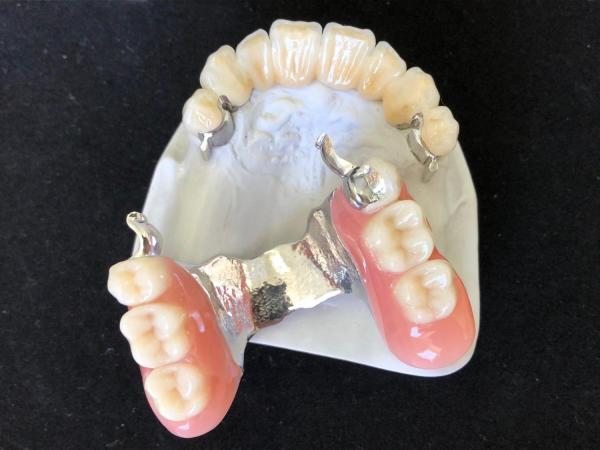
Direct And Indirect Laminates
Home-> services-> direct-and-indirect-laminates

Direct And Indirect Laminates
When it comes to dental laminates, there are two main types: direct and indirect laminates. Both types are used to improve the appearance of teeth by enhancing their color, shape, and alignment. Let's take a closer look at each type:
- Direct Laminates: Direct laminates, also known as dental bonding or composite veneers, involve the application of tooth-colored composite resin directly onto the teeth. The procedure is usually performed in a single visit to the dentist's office. The dentist will carefully match the color of the composite resin to your natural teeth and apply it directly onto the tooth surface. The resin is then shaped, contoured, and polished to achieve the desired appearance.
Advantages of direct laminates include:
- Quick process: Direct laminates can typically be completed in a single dental visit.
- Conservative preparation: Minimal tooth preparation is required, as the composite resin is directly applied to the tooth surface.
- Reversible: Direct laminates are reversible and can be modified or removed if desired.
However, it's important to note that direct laminates may not be as durable or long-lasting as indirect laminates. They may be more prone to staining and may require periodic maintenance or touch-ups.
- Indirect Laminates: Indirect laminates, also known as porcelain veneers, are thin shells made of porcelain that are custom-made in a dental laboratory. The process typically involves two visits to the dentist. During the first visit, the dentist prepares the teeth by removing a small amount of enamel to make space for the veneers. Impressions of the teeth are then taken and sent to a dental laboratory, where the veneers are fabricated. On the second visit, the veneers are bonded to the teeth using a dental adhesive.
Advantages of indirect laminates include:
- Aesthetic appearance: Porcelain veneers provide a highly aesthetic and natural-looking result, as porcelain closely resembles the appearance of natural teeth.
- Durability: Porcelain veneers are known for their strength and durability. With proper care, they can last for many years.
- Stain resistance: Porcelain is highly resistant to staining, so veneers maintain their color and brightness over time.
Indirect laminates generally require more time and multiple dental visits compared to direct laminates. However, they offer superior aesthetics and durability, making them a popular choice for smile makeovers and long-term cosmetic enhancements.
It's important to consult with a qualified dentist to determine which type of laminate is best suited for your specific dental needs and desired outcome. The dentist will evaluate factors such as the condition of your teeth, your oral health, and your aesthetic goals to recommend the most appropriate treatment option.















